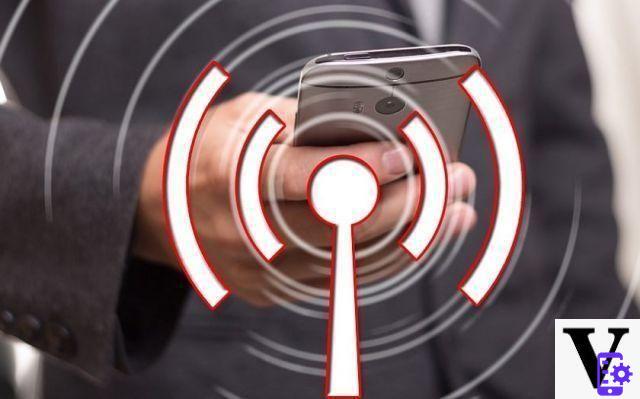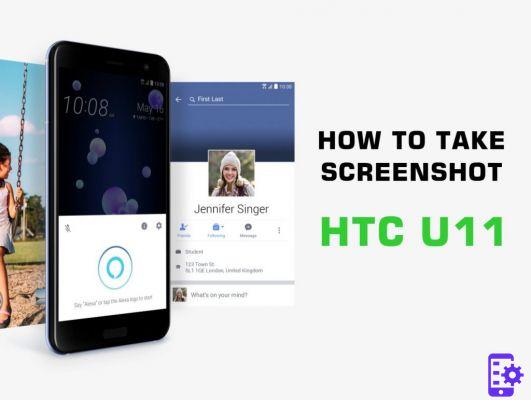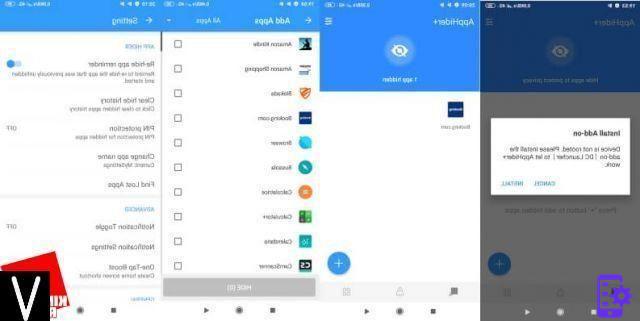Desktop computers are not obsolete, but more and more people use the phone more. Whether to send an e-mail or even make purchases, the mobile phone is increasingly preferred. Cybercriminals know you use your phone for these things and will do whatever they can to deceive you.
These cybercriminals will send you messages pretending to be your bank (for example) and tell you that your account has been compromised. The message will also say that you need to log into your account to verify your information by clicking on a link provided. Let's see what other tricks these people use.
Index
- Suspicious links on social media platforms
- Smishing (SMS Scam)
- Vishing (phishing by phone call)
- Be careful when installing your apps
- Conclusion
Suspicious links on social media platforms
On social media platforms, everyone will try to be your friend but not always with good intentions. You may receive links that claim to have pictures or other shocking information about you, and that by clicking on the link you will be able to retrieve them.

Also, beware of quizzes that ask for your phone number and other personal information. If you don't know where the link you click goes, it's best not to click on it. A common way to hide where a link takes you is to use "shorter url" techniques, for example you will see links from tio goo.gl, or bit.pt ...
Smishing (SMS Scam)
Trying to scam yourself by sending you a text message (SMS) is one of the oldest tricks. You can bet these types of text messages will have a link that will lead you to a site that is nearly identical to your bank's actual site.

The text message may alarm and scare you, and will lead you to take actions such as clicking on a fraudulent link.
For example, the message might say that if you don't log into your account via their link, your account will be locked out. Also, if the site claiming to be your bank is unsecured, in other words, it doesn't start with an HTTPS, it's best not to touch it.
If you're not sure if the text message is real, check these things:
- If the offer is too good to be true, then it is probably a scam
- Bad grammar, spelling and punctuation are synonymous with scam messages
- If your bank has never used this contact method, be suspicious
- The text message will ask you for the information the bank already has
Vishing (phishing by phone call)
Vishing is voice phishing where someone will call you pretending to be your bank or a company that has sensitive information about you. They will scare you by telling you that your account has been compromised but that they have blocked it for security reasons.

After making you feel safe, they will tell you that they need your pin to reactivate your account. If you get such a call, never give out any information. Say that if the company really requires you to confirm any personal information, you will contact them at a later time.
Be careful when installing your apps
Your friends tell you about a great app that lets you do great things. So far so good, but the downside is that you have to move that app. The best thing you can do is to only install apps from sources like Google Play and Apple's App Store.

Think of it this way, if Google Play has to remove apps that don't meet their standards, how can you be sure the source you want to use is strict about Google Play app security?
Conclusion
Some tricks hackers use are classic tricks. They keep using them because they keep working. Follow these tips and you will not fall victim to this scum.
2.435


























